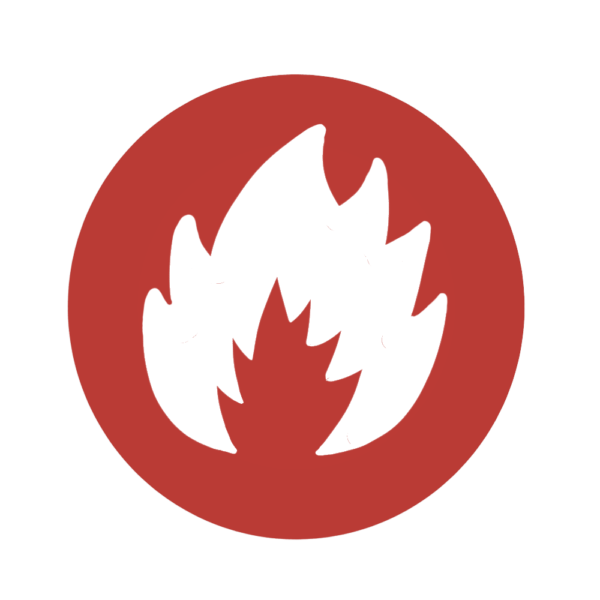Burns
First aid

The heat of burns and scalds can damage the skin. Both are treated in the same way.
A burn is caused by dry heat, a hot iron for example. A scald is caused by something wet, such as boiling water.
Symptoms of burns
The amount of pain your child may feel isn’t always related to how serious the burn is. Even a serious burn may be relatively painless. But all burns can be very painful and may cause:
- red skin
- peeling skin
- blisters
- swelling
- white or charred skin
Treating burns
Here are a few things you can do instantly after the burns:
- immediately get the child away from the heat
- cool the burn with cold compress using cool or lukewarm water for 20 minutes. Do not use or apply directly ice, iced water, or any creams or greasy substances such as butter
- remove any clothing that’s near the burnt area of skin, including babies’ nappies. Do not remove anything that’s stuck to the skin
- Try not to rub against the burnt area
- cover the burn by placing a layer of sterile dressing or cling film (plastic kitchen wrap) over it.
- if the face is burnt, let the child sit up as much as possible, rather than lying down – this helps to reduce swelling.
- you can use paracetamol to ease any pain.
When to go to the hospital
You can treat minor burns at home. Children with more serious burns such as those that form blisters require instant professional medical attention. You should always go to a hospital for:
- chemical and electrical burns
- large or deep burns – any burn bigger than your hand
- burns that cause white or charred skin
- burns on the face, hands, arms, feet, legs or genitals
- burns that form blisters
Verified:
Dr. Piyawut Kreetapirom, MD. license no. 41578 (1 July 2020)



